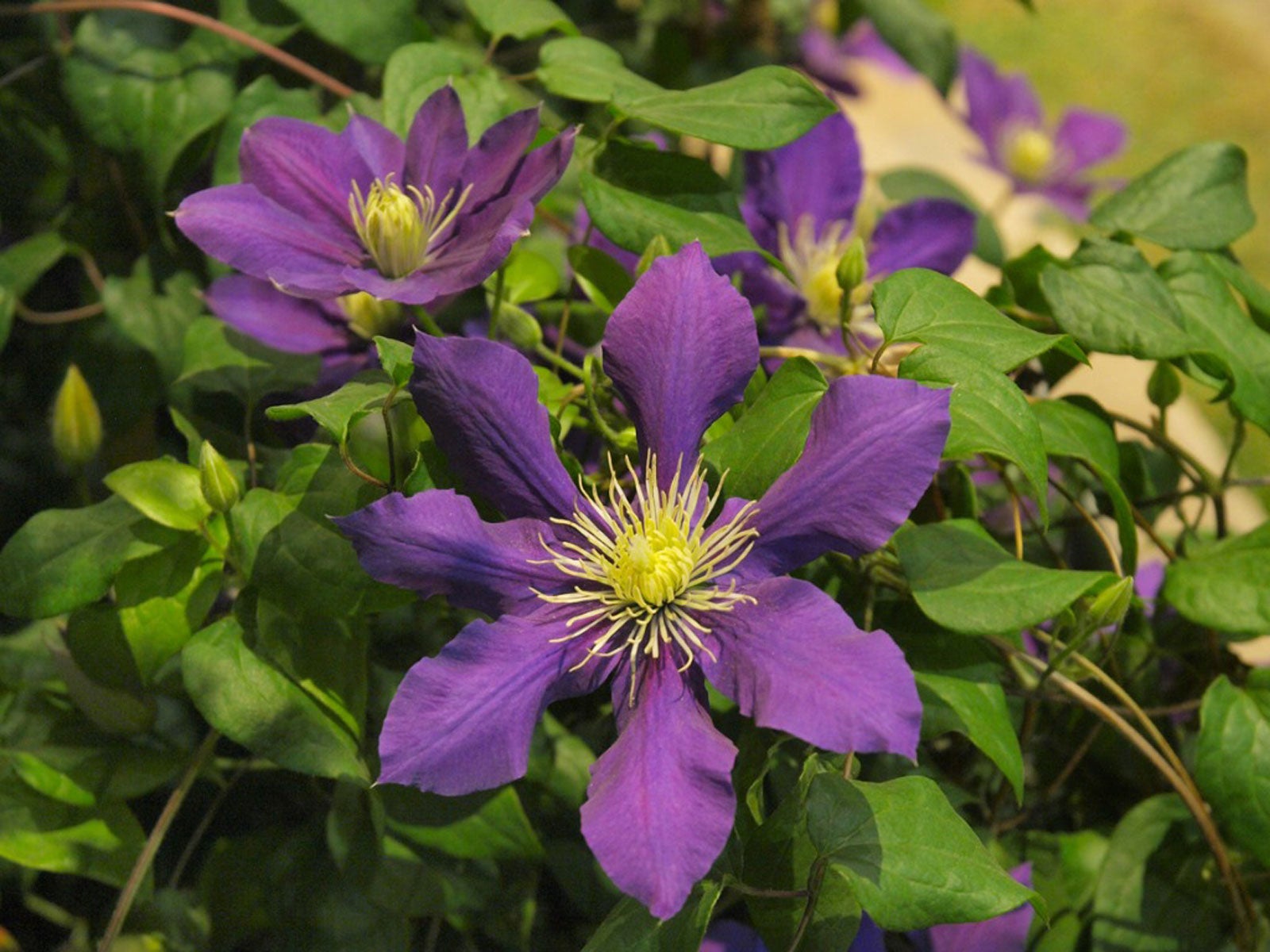Clematis Varieties: Choosing Different Clematis Vines


Adding height to the flower garden is an excellent way to provide interest and dimension. Planting different clematis vines is an easy way for growers to add a vibrant pop of color that will last for many growing seasons to come. However, different clematis vines will have varying requirements for growth. Rather than purchasing on an impulse, it is wise to research clematis plant types well before planting them into the growing space to ensure that their needs are well met.
Clematis Plant Types
Long-lived perennial clematis vines are beloved in the flower garden for their wide range of bright colors and interesting flower shapes. Coming in both single and double flower forms, clematis flowers can easily complement established flower borders.
Though the hardiness of clematis vines will vary depending on the location and the type planted, growers seldom have trouble finding a variety that will thrive in the garden. The vine’s growth rate and mature height will also vary greatly depending upon the types of clematis planted.
Regardless of the varieties of clematis planted, required growing conditions will be similar. While these vines do prefer a location that receives full sun, their roots do prefer a cooler, shaded location. This makes them an ideal companion for planting with ornamental perennial shrubs, such as hydrangeas. Trellis preferences may also vary from one plant to another. Though some clematis varieties produce climbing vines, others grow upwards through the use of tendrils.
Popular Clematis Varieties
Clematis varieties can generally be divided into three types: those that bloom on new growth (Type 1), those which bloom on both (Type 2), and those that bloom on old wood (Type 3). Understanding the needs of different clematis vines will determine the number of flowers that growers can expect each season.
Gardeners living in cold regions may prefer varieties blooming on new wood, as winter cold can cause damage to plants. While evergreen types of clematis do not generally require pruning, deciduous varieties of clematis will require yearly maintenance. Each clematis plant type will require different pruning techniques in order to ensure the best results.
Here are some popular varieties of clematis to add in your garden:
Sign up for the Gardening Know How newsletter today and receive a free copy of our e-book "How to Grow Delicious Tomatoes".
Type 1
- Armand clematis (Clematis armandii)
- Downy clematis (C. macropetala)
- Alpine clematis (C. alpina)
- Anemone clematis (C. montana)
Type 2
- Clematis lanuginosa ‘Candida’
- Florida clematis (C. florida)
- ‘Barbara Jackman’
- ‘Ernest Markham’
- ‘Hagley Hybrid’
- ‘Henryi’
- ‘Jackmanii’
- ‘Mrs. Cholmondeley’
- ‘Nelly Moser’
- ‘Niobe’
- ‘Ramona’
- ‘Duchess of Edinburgh’
Type 3
- Woodbine (C. virginiana)
- Orange Peel clematis (C. tangutica)
- ‘Rooguchi’
- Texas clematis (C. texensis)
- ‘Duchess of Albany’
- Italian Clematis (C. viticella)
- ‘Perle d’Azur’
- ‘Royal Velours’

Tonya Barnett has been gardening for 13 years. Flowers are her passion. She has transformed her backyard into a cut flower garden, which she regularly chronicles on her YouTube channel http://www.youtube.com/@tonyawiththeflowers.